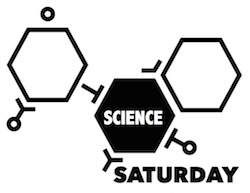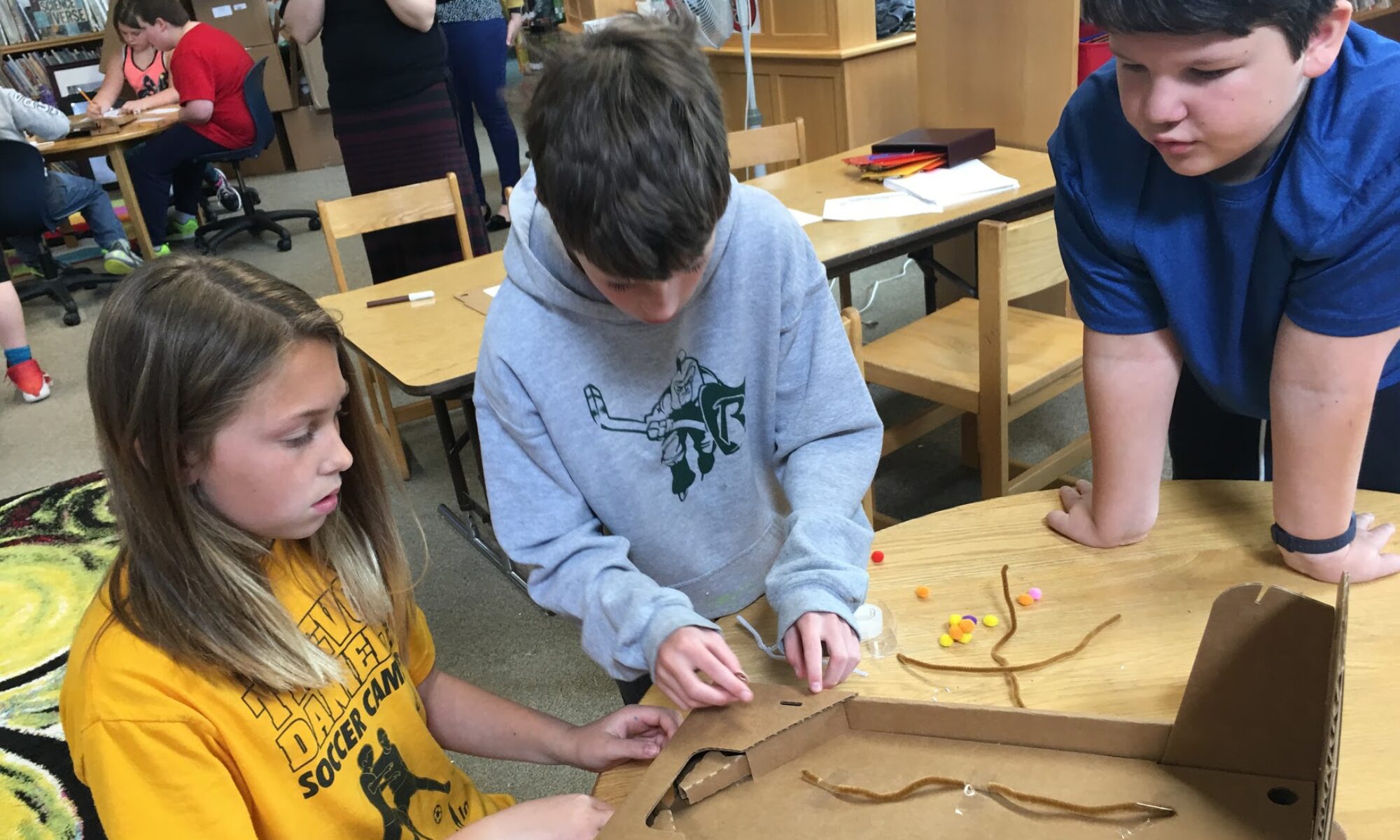Local connections with worldwide implications
 In our current study of heat transfer, our class decided to connect science concepts to the UN Sustainable Development Goals — specifically, Goal 13, which looks to combat climate change. The challenge was to model a place where students had experienced Urban Heat Islands, then create a sustainable mitigation plan for that place.
In our current study of heat transfer, our class decided to connect science concepts to the UN Sustainable Development Goals — specifically, Goal 13, which looks to combat climate change. The challenge was to model a place where students had experienced Urban Heat Islands, then create a sustainable mitigation plan for that place.
Starting with paper blueprints, then moving to Google Maps, students fabricated models of these urban heat islands and calculated how to measure the mitigation.
Start with your blueprints
Creating durable, testable models allowed students to manipulate variables such as surface albedo, thermal mass of materials, vegetation, and urban planning/ green spaces.
Heat Transfer? Student designing a plan to combat Urban Heat Islands to align with the UN Sustainable Development Goals. #VTEd #AuthenticAssessment #StudentDriven @ProctorPhantoms pic.twitter.com/Jz5u64pMQ2
— Noah Hurlburt (@noahhurlburt) February 9, 2018
Projects ranged from the Boston Children’s Hospital Playground, to models for Proctor High School and Elementary School. Urban planning for the Las Vegas strip, basketball courts, local neighborhoods, and city block planning for Chicago and New York City. Increasing green spaces, utilizing solar energy for electricity, and albedo (lighter colors, reflective surfaces) played a large roles in each design.
Students were then asked to reflect upon the development and tests for their heat island mitigation models. Revisions were made to improve upon the data from the first trials, with peer and self assessments completed to finish the investigation.
@ProctorSchool Former students model urban heat island effect at PES! #UNGoals #inquiry pic.twitter.com/bXyNQZcbVX
— Noah Hurlburt (@noahhurlburt) March 20, 2018
I asked the students about some of the challenges and successes they experienced along the way.
In your own words, what was this project about?
- “Our project was about the urban heat island effect on our old elementary school.”
- “The project was about the urban heat island effect. We were instructed to explain what the heat island is, along with a project showing our ideas on helping stop the heat island effect.”
What was the most challenging part of this project?
- “The most challenging part of the project was, where I was going to put the objects I wanted to put on the paper (blueprint) for the urban heat island, and how I was going to do it.”
- “The most challenging part personally, was coming up with the visual representation of my thoughts. I knew what I wanted to make, but drawing it was a different thing.”
- “The most challenging part to our project was cutting each and every piece of cardboard to fit in the correct spot perfectly to recreate the Proctor Elementary School.”
From UN Sustainable Goals, to Google Maps, to a model of Proctor High School, to urban heat island reduction inquiry. Is a service project proposal next? @ProctorPhantoms #AuthenticAssessment #StudentDriven #RealLifeConnections pic.twitter.com/IlJoRxwyn1
— Noah Hurlburt (@noahhurlburt) March 1, 2018
What was the most satisfying part of the project?
- “The most satisfying part of the project was, drawing it out on paper and exceeding the standard at the end.”
- “The most satisfying part of the project was when I finished. It was because I was done with the whole project, and I had all that hard work to show for it. It’s also satisfying when you have people look at your work and say that it’s a good idea.”
- “The most satisfying part was when we made a full rotating motor fan on the roof of our school using mini solar panels.”
- “The most satisfying part of the project as when we were done building it and sitting back and feeling proud.”
What advice would you give to other students who would like to build their own heat islands plans?
- “Probably do some research, and make an island where you would want to live, but then put the objects in that would best fit the area you chose.”
- “Definitely think outside the box. Think about the area that you’re trying to fix, and its layout. Any crazy idea you have might just work, and don’t be afraid to make your own things. Also think about why that area has a heat island.”
- “When in the process of making your building make sure you have good and quality work like building, writing, painting, and data.”
Did you learn anything specific to building heat island plans that you could apply to other classes?
- “I think it would help in a lot of classes because I had to do research, had to make an example, and to write about it. So I would think that would be great for future project in different classes. (Especially when I get into earth science.)”
- “I learned more about the heat island, and how its negatively affecting the environment. I also learned some ways to help prevent the heat island from happening.”
- “You can use the mathematics from the data (averages, slope of heating/ cooling lines) you have and could use the same process in other classes.”
- “Yes, in art. If it is a sculpture or something that was made to go outside I would know to paint it a light color so people could feel and observe it. I can create durable models that represent what I am learning in other classes.”

